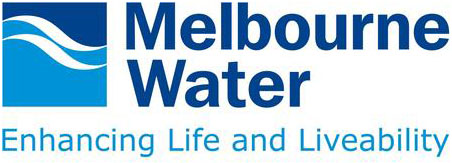resource library
Array
Environmentally Sustainable Design for Subdivisions in Regional Victoria
AECOM
Published: 06 December 2018
In the final report gaps and opportunities were identified for environmental sustainable development (ESD) for subdivisions in Regional Victoria, including a roadmap for achieving ESD subdivisions.
Project Overview
The Environmentally Sustainable Design for Subdivisions in Regional Victoria report aims to assess how greenfield subdivisions can be more environmentally sustainably designed and delivered to achieve multiple benefits in the most cost effective way over time.
Eight regional councils formed a partnership to explore the feasibility of embedding ESD in subdivisions. The partnership engaged AECOM to prepare a report.
Drivers and Objectives
In Regional Victoria the majority of residential developments require a planning permit, however there are significant gaps in the planning provisions and requirements in ESD principles in current planning and building regulations are relatively minimal.
The goals of this project were to:
- Define ‘best practice’ ESD with respect to urban land subdivision and determine how it should be measured.
- Establish how ‘best practice’ ESD subdivisions are feasible in regional Victoria.
- Recommend a suite of tools and a model for collaborative implementation, with transferability across the State.
Organisations
- AECOM
- Wodonga City Council
- Greater Geelong City Council
- Greater Bendigo City Counci
- Ballarat City Council
- Greater Shepparton City Council
- Baw Baw Shire Council
- Wangaratta Rural City Council
- Moorabool Shire Council
Project Outcomes
The report analysed the policy and planning context of ESD for subdivisions including building regulations, strategic and policy directions, Victorian planning schemes as well as manuals and guidelines. Stakeholder feedback was also incorporated.
The report concluded that greenfield subdivisions require a tailored approach in a regional context; supported by education, advocacy, communication, policy and regulation to ensure the uptake of ESD principles in both subdivisions and individual dwellings is improved.
As a result of all the above, in the final report principles and initiatives were proposed to guide better ESD outcomes of subdivisions in Regional Victoria. Also, an analysis and estimation of ESD benefits were provided, and a roadmap for achieving ESD subdivisions was delivered in the report.
Lessons Learnt
The project highlighted the following:
- Gaps in the relationship between the building code and planning context of ESD for subdivisions
- Adequate policy objectives at national levels not linked to local policy
- Lack of state-wide ESD approach and commitment
- There are current weaknesses in the planning system
Options for strengthening ESD:
- Strengthening Clause 56 and State Policy
- Developing a specific local policy
- Enhancing the Infrastructure Design Manual (IDM) and Sustainability Infrastructure Guidelines to incorporate other aspects of subdivisions and to trigger the consideration of the IDM
- Non-statutory measures such as education, information, tools and incentives.
Project Cost
The eight regional councils were awarded funding through the Collaborative Councils Sustainability Fund Partnership
Program.
Timeframe
N/A
Acknowledgements
AECOM
